How to Paddleboard Oceans, Lakes, and Rivers
Learning how to paddleboard oceans, lakes, and rivers is one of the most enjoyable things about the sport - there are SO many different bodies of water to try out! Where you live or where you are traveling might affect your options at the moment, but no matter where you live, there are almost always rivers and lakes nearby. If you happen to live near the ocean you'll have endless options to explore.
Although we've referred to our planet as "Earth," a Germanic word which means "the ground," for at least 1,000 years, almost 70% of it is covered by water! To keep it simple, all of that water can be broken down into three major categories rivers, lakes, and oceans, but if you're interested in what's the difference between things like a firth, fjord and a freshet, head here for an enlightening read.
Inflatable paddle boards are one of the most fun ways to tackle any body of water. To get things started we'll begin with the two most common bodies of water ventured by paddle boarders: oceans and lakes. Then we'll head over to rivers.
In This Article
In this article, we're breaking down some stand up paddle board tips based on paddling oceans, lakes, and rivers. We'll look at what each paddler needs to pay attention to in each of these conditions. This includes the gear you might need, conditions to monitor, and any precautions you may need to take. Obviously, there are differences between the relatively calm waters in a lake and the intense currents of the ocean, and we let you know how to decide what's right for you.
Contents
- Ocean Paddleboarding for Beginners
- Recommended Board for Ocean Flat Water Paddling
- How to SUP in the Ocean
- Recommended Board for Paddle Surfing in the Ocean
- Recommended Board for Distance Paddling in the Ocean
- How to Paddle on Lakes
- Recommended Board for Paddling on Lakes
- How to Paddleboard on Rivers
- Getting Back on Your Board in a River
- Obstacles and Challenges
- Recommended Board for River SUP
- Sum Up: General Considerations
- Predict
- Know Your Skill Level
- Appropriate Gear
- Final Thoughts
How to Paddleboard Oceans, Lakes, and Rivers
Oceans
Ocean Paddleboarding for Beginners
Ocean conditions can vary widely depending on the wind, the weather, and the tides. Beginners should start out in protected inlets like bays, coves, marinas, or harbours where the conditions are much more predictable and flat water is easy to find. You can also pick a calm day to get started. Flat water ocean paddling is open to a wide variety of activities including touring, fitness, SUP yoga, or just splashing around with family and friends.

📸 @amynkramer enjoying some flat water paddling in Marina del Rey, California.
Recommended Board for Ocean Flat Water Paddling
Any board shape will do! For flat water paddling, the activities you're planning to do are more important in choosing a board than the conditions. An all-round shape like the Waterwalker will offer you the most versatility. A touring shape like the Expedition will make the distance glide by. For a stable fitness or yoga platform, choose a yoga board like our Tranquility Yoga SUP.
How to SUP in the Ocean
If you're planning to surf, follow the coast, or paddle further offshore, it's important to check the local conditions (weather, winds, tides, swell, etc.) leading up to your trip and again immediately before you set off. While stand up paddle boarding is usually the most fun on a beautiful sunny day, oceans can be impressively unpredictable.There's a reason the English language has so many allusions to oceans and transformations like the phrase 'sea change.' Taking the time to check the conditions will help you better determine what type of gear you should wear and what to bring along with you.Basically, before you become an ocean paddler, you should be familiar with how to read the conditions. Finding a calm day that has safe current, tide, and wave conditions is imperative for a beginner. You don't want to get in over your head on the open ocean. This starts with becoming familiar with the conditions.

📸@bkbrundell paddling in the Pacific Ocean off of Magic Island, Hawaii
Recommended Board for Paddle Surfing in the Ocean
Although you can enjoy small frothy waves on any board, if you're surfing or playing in the waves an all-round shape is the best choice. All-round boards like the Waterwalker are wider than a touring board and feature a rounded nose to give you a bit more stability and maneuverability in the waves.

Paddling Expeditions along the coast in the Gulf of Trieste in the Mediterranean Sea.
Recommended Board for Distance Paddling in the Ocean
As previously discussed, ocean conditions vary significantly. However, if you'll be tracking the coast or paddling out into rougher waters over longer distances, it's best to opt for a touring board. Touring paddle boards like the Expedition have a pointed nose and are narrower and longer than all-around SUPs, giving them more glide. That means you'll paddle less to go further. In addition, their distinct shape and layout improves paddling efficiency, tracking and overall performance when paddling through chop.
LAKES
How to Paddle on Lakes
Lakes offer a similar experience to ocean paddle boarding, but are often much easier to find your balance on. You may have already picked up on why, since lake paddle boarding is often referred to as flat water paddle boarding. That's right; because of their smaller size and land enclosure, conditions on lakes tend to be smoother and quite a bit more predictable. That makes lakes a perfect place for beginning paddle boarders to start out.
In most lakes there aren't any serious tides or currents that can lead you astray. However, strong winds can occur so it makes sense to keep an eye on the weather. For any outdoor activity it's always best to know what to expect before heading out.
For these reasons, we recommend that beginners should try to paddle on lakes first if they can. Because it is so much easier to handle the elements in this environment, it can be a great place to start if you are a beginner paddle boarder. Weak swimmers can also consider this alternative, along with wearing the appropriate safety gear.
Note that the Great Lakes are an exception when it comes to lakes; they are actually inland freshwater seas! Their size and depth make them formidable. If you are venturing to any of the Great Lakes, treat it as you would the ocean by scanning the wind and weather reports. Find more interesting facts about the Great Lakes here.

📸 @lindseyvvvvvv and her paddle crew out on Timothy Lake, Mt Hood National Forest.
Recommended Board for Paddling on Lakes
Since lakes are typically much flatter than oceans, all boards are appropriate. Tranquil conditions are the most forgiving. Choose your board based on the activities you'll engage in. Keep in mind that larger boards like the Waterwalker 132 have a high capacity so you'll be able to carry more weight. That means you can take more gear, your pup, or even bring a friend or child along for the ride.
Rivers
How to Paddleboard on Rivers
Rivers are another great place to paddleboard. They can be dynamic with a fast current or even white water with conditions that are similar to oceans or they can be flat and slow which makes for a relaxing scenic paddle more like what you'd find on a lake.
The key elements a stand up paddleboarder should consider is the river's current and classification, as well as the weather conditions. When checking the forecast before paddling on a river, look for indicators that could change its flow. Seasonal snow melt or a recent rain or storm upstream can drastically change the current, depth, and even the width of a river.
Getting Back on Your Board in a River
Rivers' continuous current also makes falling off a much different and more common experience than on flat water. In a river, you must consider what lies ahead and options available for getting back on board. Trying to climb back up in rushing rapids is a significantly different experience from climbing back up on a calm river bend or even an ocean swell where you can swim out of the break to calmer waters before mounting back up.
If you fall off in the rapids, rely on your life vest to help you float on your back and keep your feet pointed downstream. This way you can use your legs to absorb the impact of any rocks or logs you might be headed into. Once you're floating on your back, use your leash to get close to your board. Then pull yourself up.
As you can see, rivers are not always the place for a beginner on a SUP board. These are often unforgiving environments. If you are not comfortable, be absolutely sure that you know how to read the conditions before you head out. Know what lies in wait for you down the river, and be familiar with the current and rapids conditions. Better safe than sorry.
Obstacles and Challenges
You will also most likely encounter a variety of obstacles on rivers that you aren't as likely to find in the deeper open waters of an ocean or a lake. Before heading out, take the time to find a section of the river that's suitable for your skill level and intent. Shooting the rapids can be fun, but requires different gear like a life vest, a quick release leash, and a properly fitted helmet designed for whitewater. Things like a speaker, deck cooler bag, and belt-style PFD are more appropriate for a lazy river paddle.
Lastly, rivers tend to have a rocky bottom or feature debris like trees. You need to be cautious of anything that breaks the surface and aware of anything out of view below. Keep an eye out for ripples disturbing the surface of the water that may indicate submerged debris as you paddle. In general, you need to be a bit more attentive when you're SUPing on a river as the current will keep you moving even when you're not actively paddling. When you're pushing your limits, on a more technical section, expect to fall more often. That's part of the fun and challenge of paddling whitewater!

📸 Sean Ryan tackling some whitewater on his Waterwalker 132.
Recommended Board for River SUP
Choosing a board for river paddling will depend on the type of paddling you're planning to do. A touring shape like the Expedition will be fine for relatively flat water. If you plan to encounter more technical sections or rapids, a shorter board like the Waterwalker 126 with its rounded nose will be a bit more stable and easier to maneuver. Because you're riding with the flow of the river, stability is key. So even a wider board like the Tranquility could help you maintain your balance while navigating the currents and obstacles found there.
Sum Up: General Considerations
You might be thinking at this point that stand up paddling is a bit complicated. With so many features, conditions, and unpredictable weather patterns to consider, how can you know what is appropriate for a paddler at your level?
Before we wrap up, we're going to provide three key considerations that will help to ensure that you are safe and secure in any condition. By following these steps, you can look ahead and ensure that you are not biting off more than you can chew.
Predict
The number one thing you can do to ensure your safety, be it in a lake, river, or ocean, is to look ahead and predict the conditions you are going to encounter. This means surveying the conditions before you get out on the water. Look into water features such as currents, potentials rapids, depth, and everything that is relevant to your location. Next, look up the weather, including winds, precipitation, and temperature.
This information helps you get a complete picture of what you might be facing before you get on the board. When in doubt, ask a local paddler about the conditions. It is always best to predict these conditions before you get on the water, not while you are already out there.
Know Your Skill Level
Next up, you need to get an accurate picture of your own skill level. Using the factors outlined above, you need to figure out if your skill level is up to the predicted conditions. Think about what is realistic for you to do, and try not to push it too far.
To properly evaluate your skill level, you probably have to hit the water a few times. Try to find a nice, calm day for your first excursion. From there you can evaluate what you might be ready to handle. Experienced paddleboarders will surely know what they are capable of, but it might be a bit harder for beginners. Evaluate your balance, strength, stamina, and swimming level. Taking a class is always a good way of knowing where your skills are and what you can do to improve them.
RELATED: 4 Easy Ways to Improve Your Paddle Board Technique
Appropriate Gear
Finally, once you have evaluated the conditions and feel that you can handle them, be sure you bring the appropriate gear. This means not only a proper board, but also the proper safety gear. Bring a lifejacket, especially if you are an inexperienced swimmer, and warm clothing such as a wet suit if the water is cold. You want to be prepared for what comes and have the gear to match. And as always, don't forget your sunscreen!
RELATED: What To Wear Paddleboarding By Season
Final Thoughts
So whether you find yourself on an ocean, lake, river, firth, fjord, freshet, or any other body of water, remember to check the conditions and plan accordingly before heading out. It's always better to be safe than sorry and it's also a lot more fun when you have the right gear to accompany you along on your adventure. Happy paddling wherever that may be!


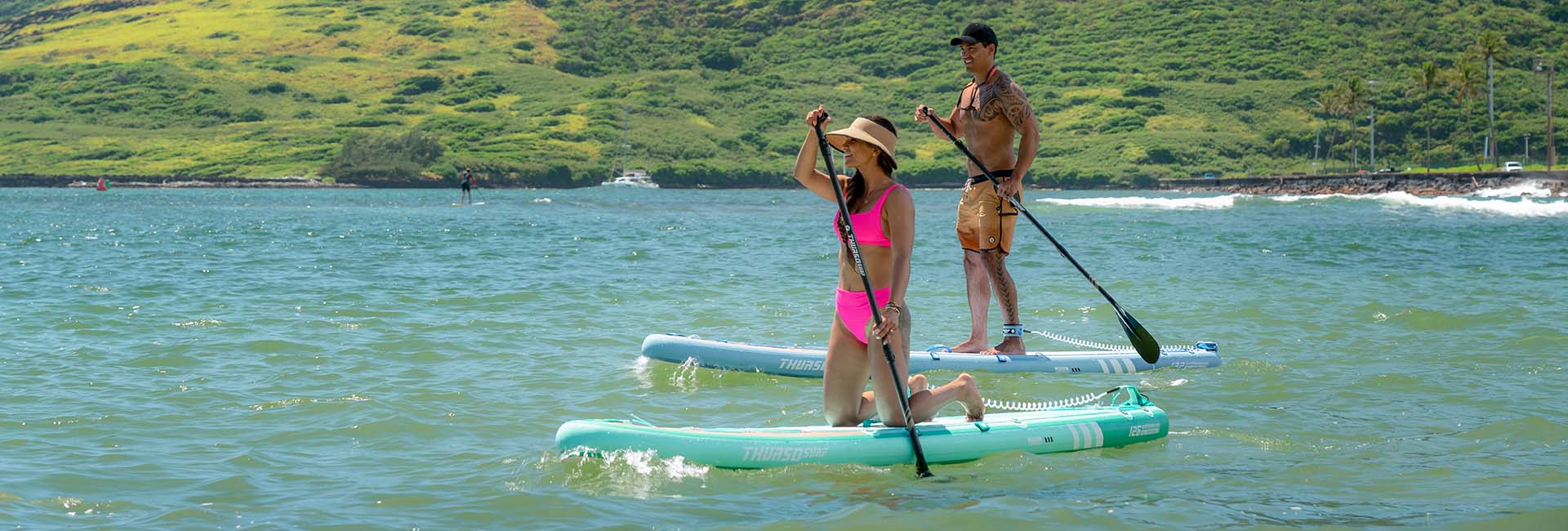
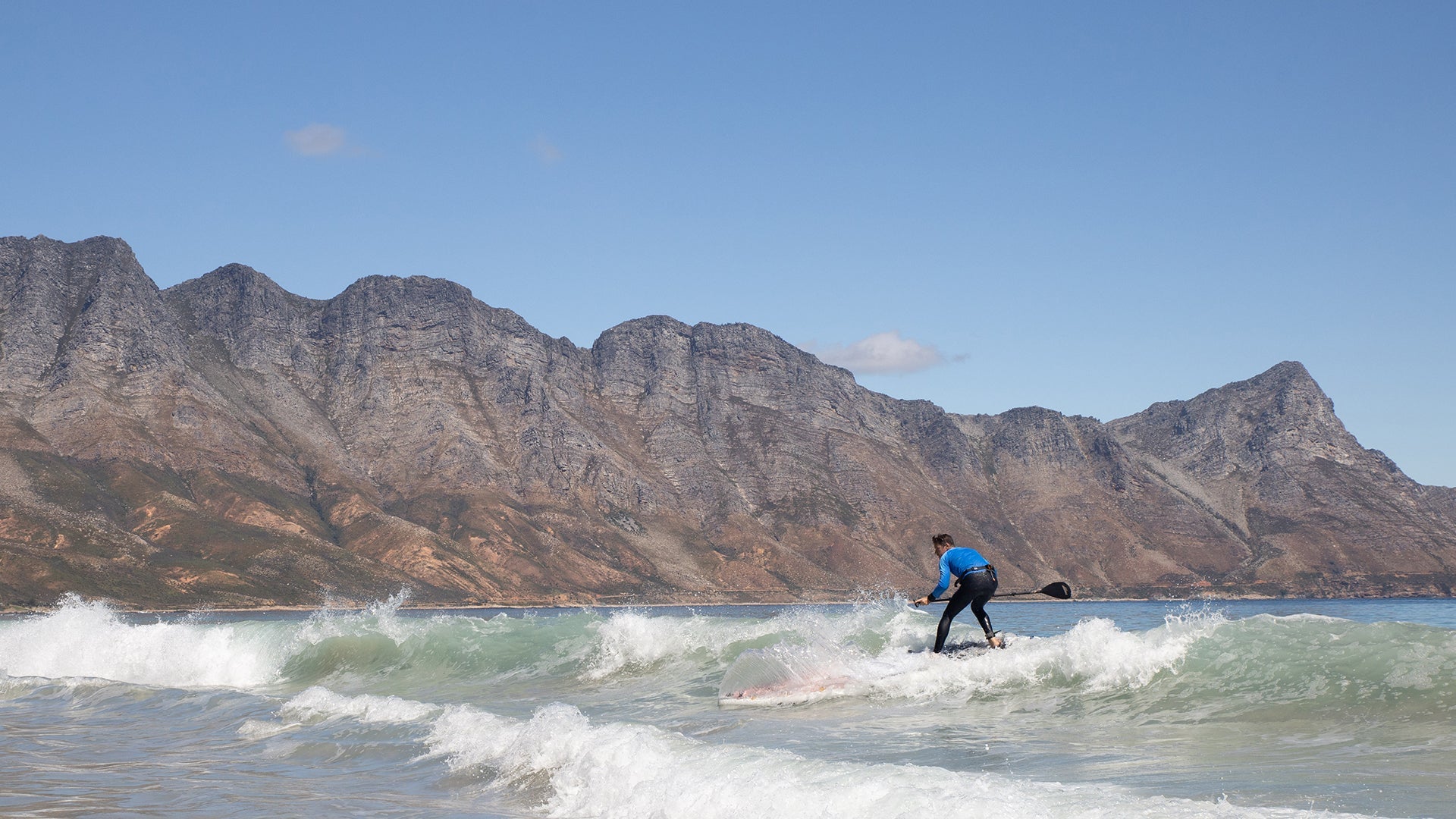
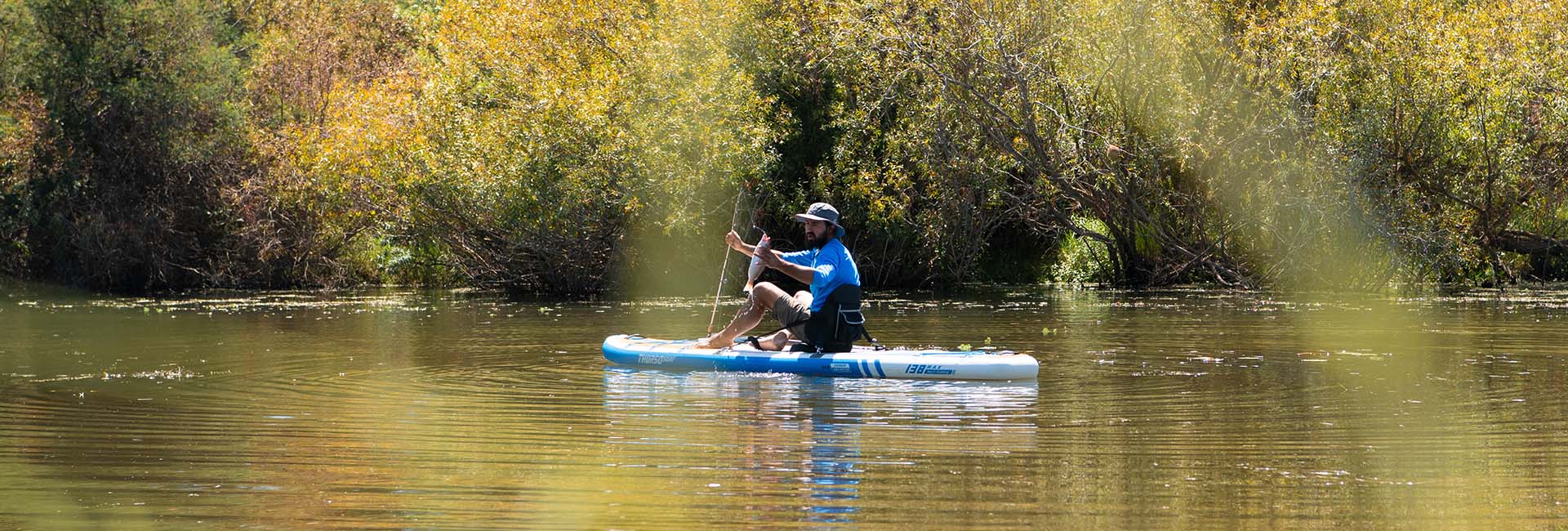
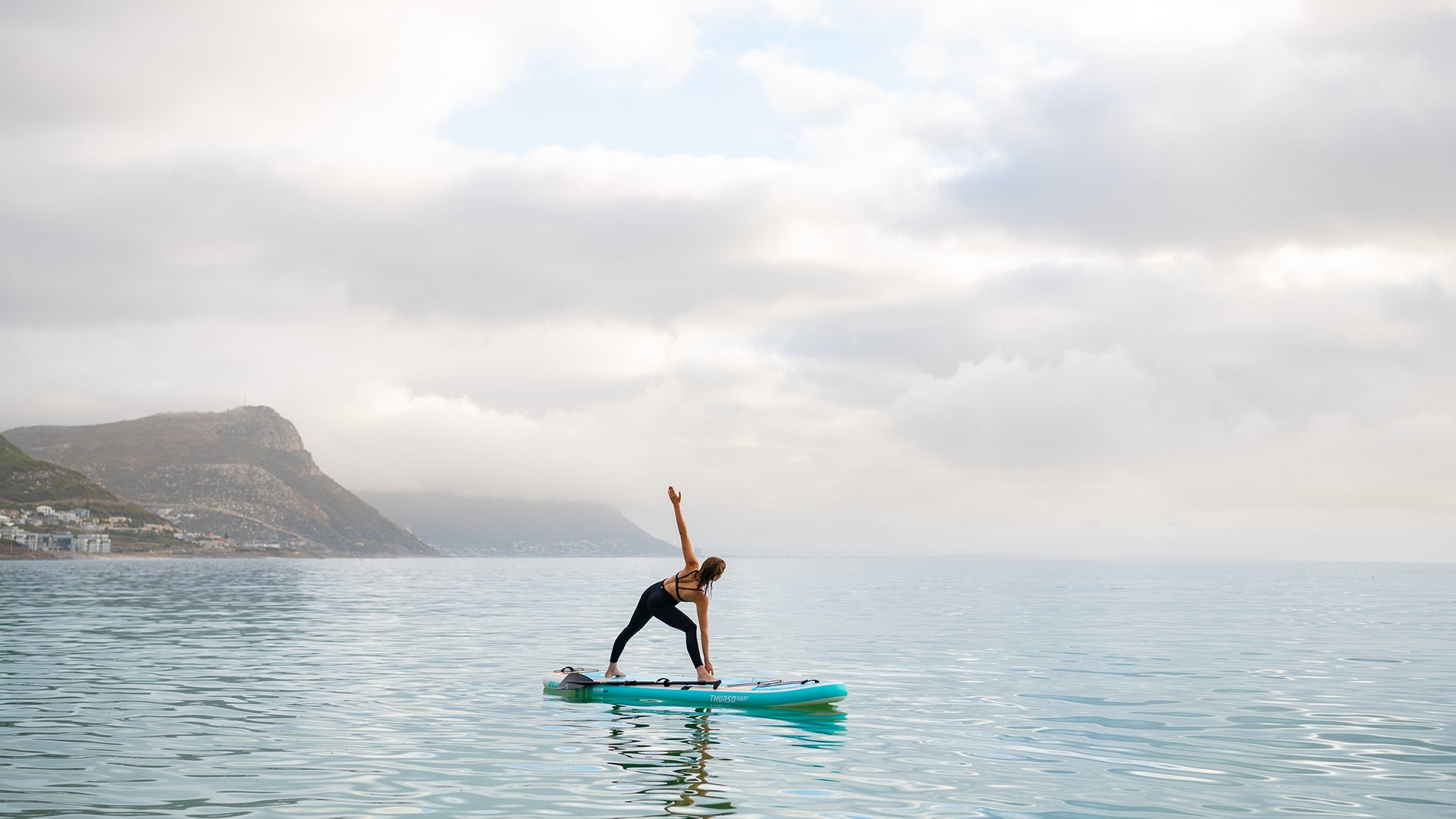
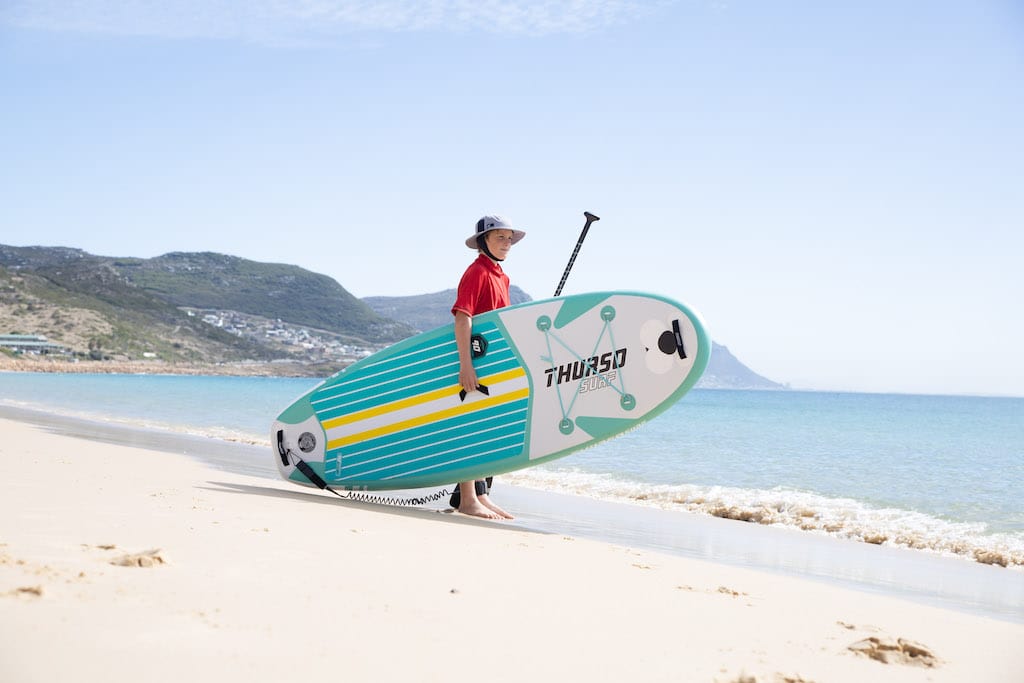
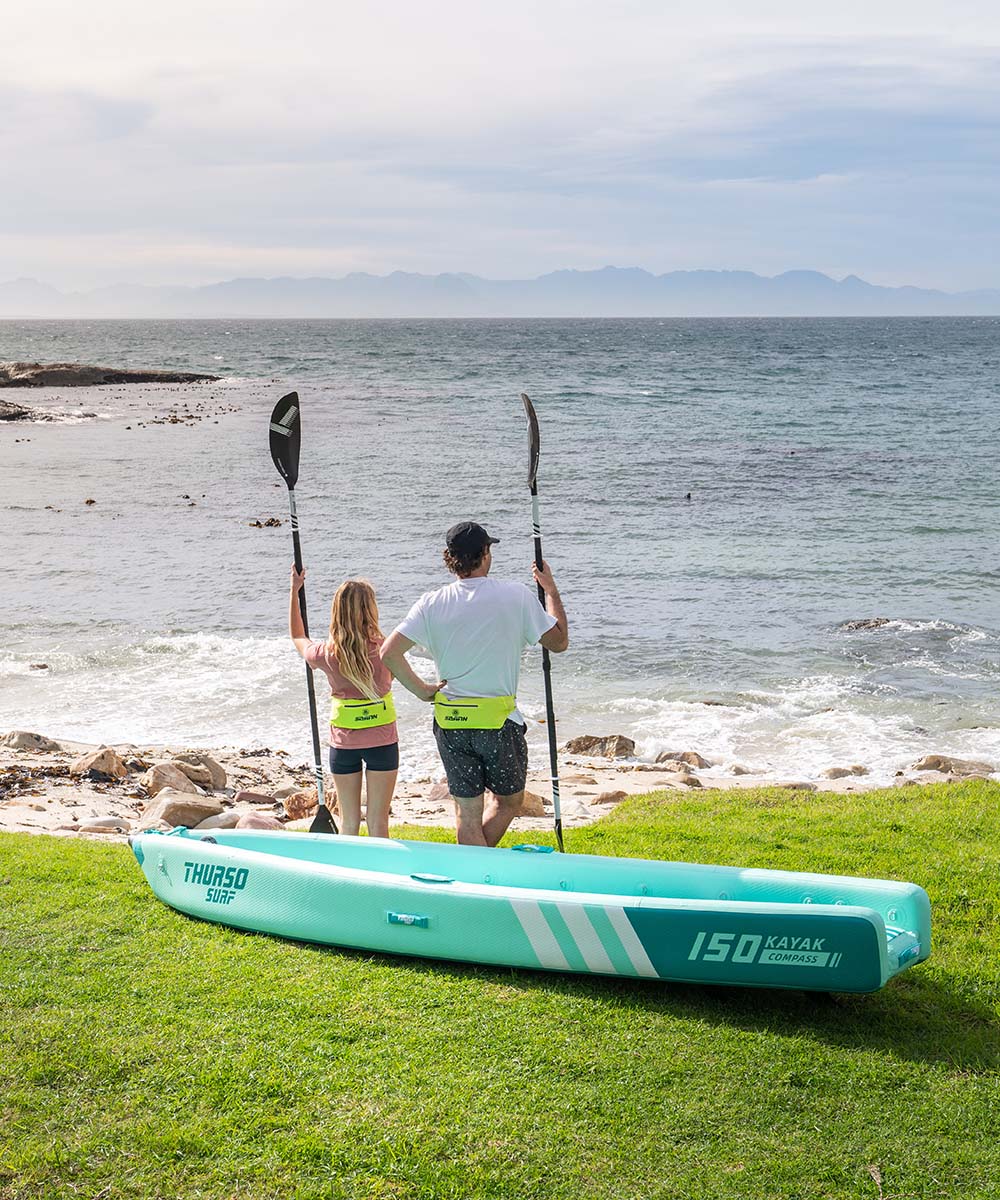
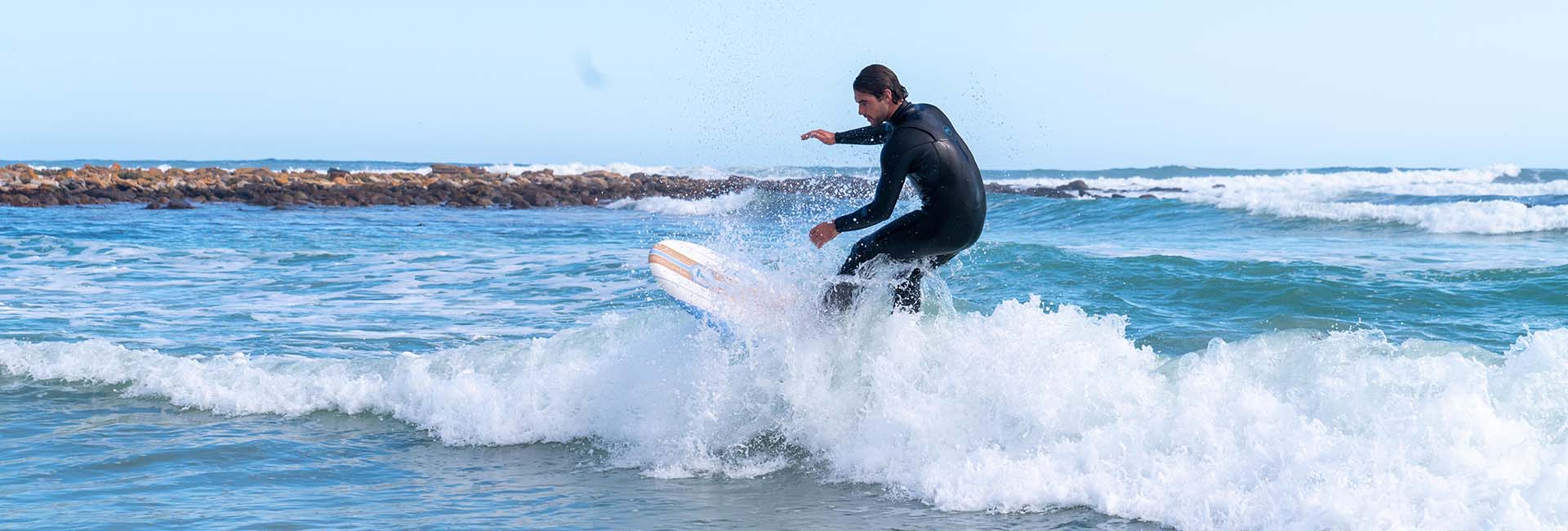
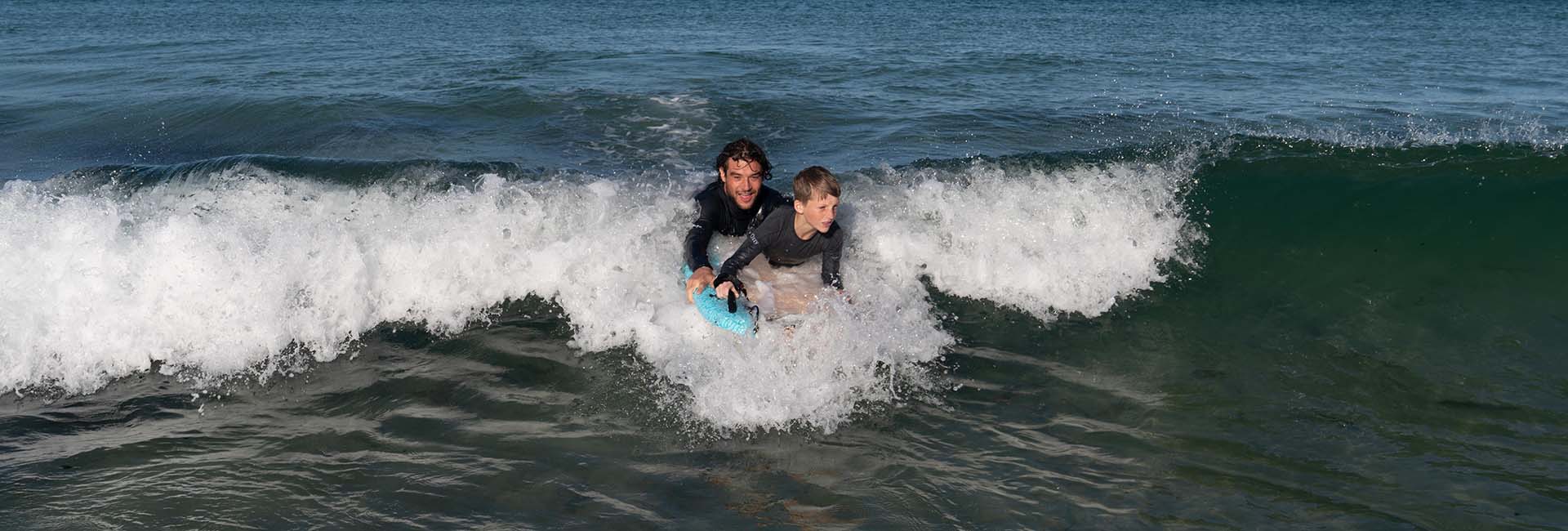
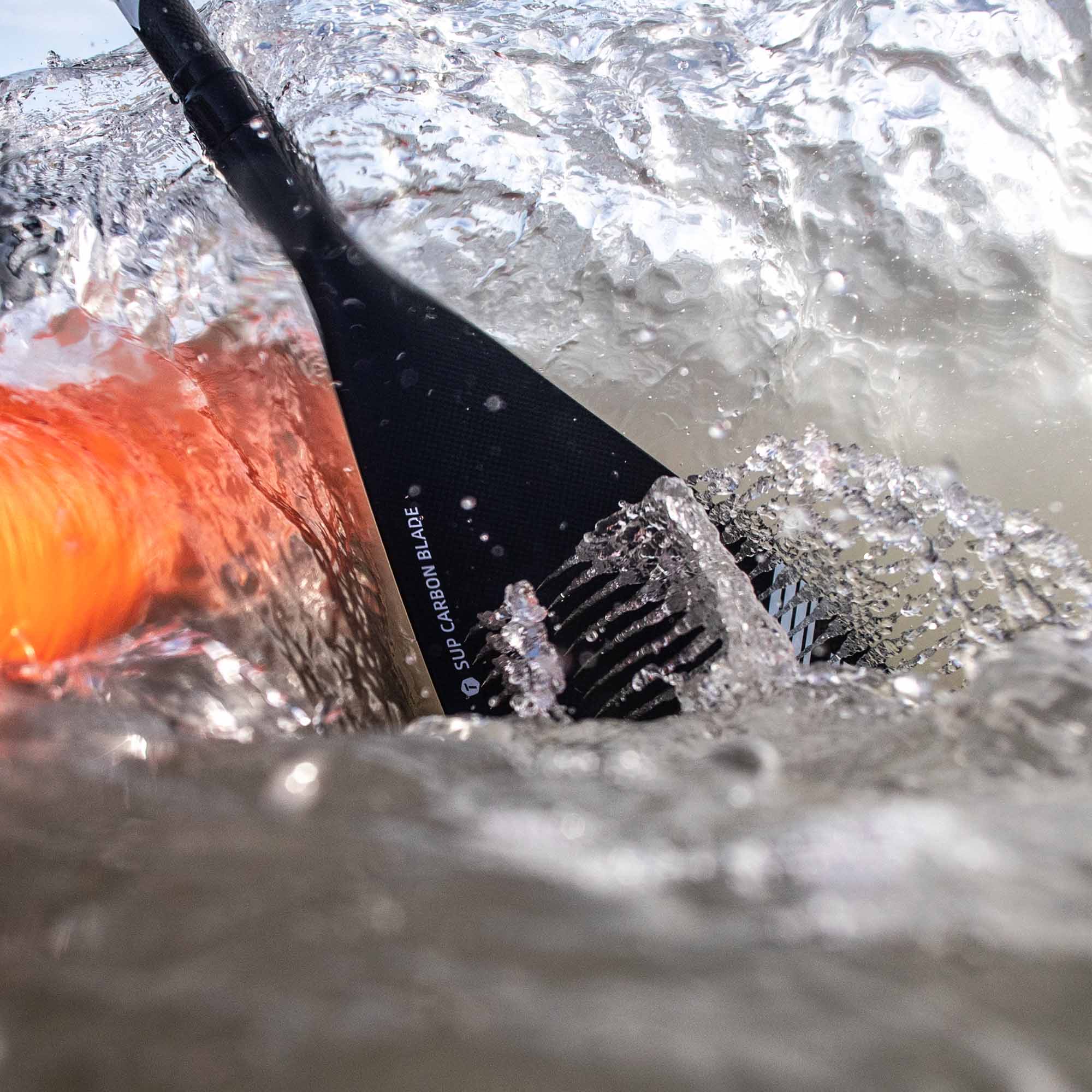
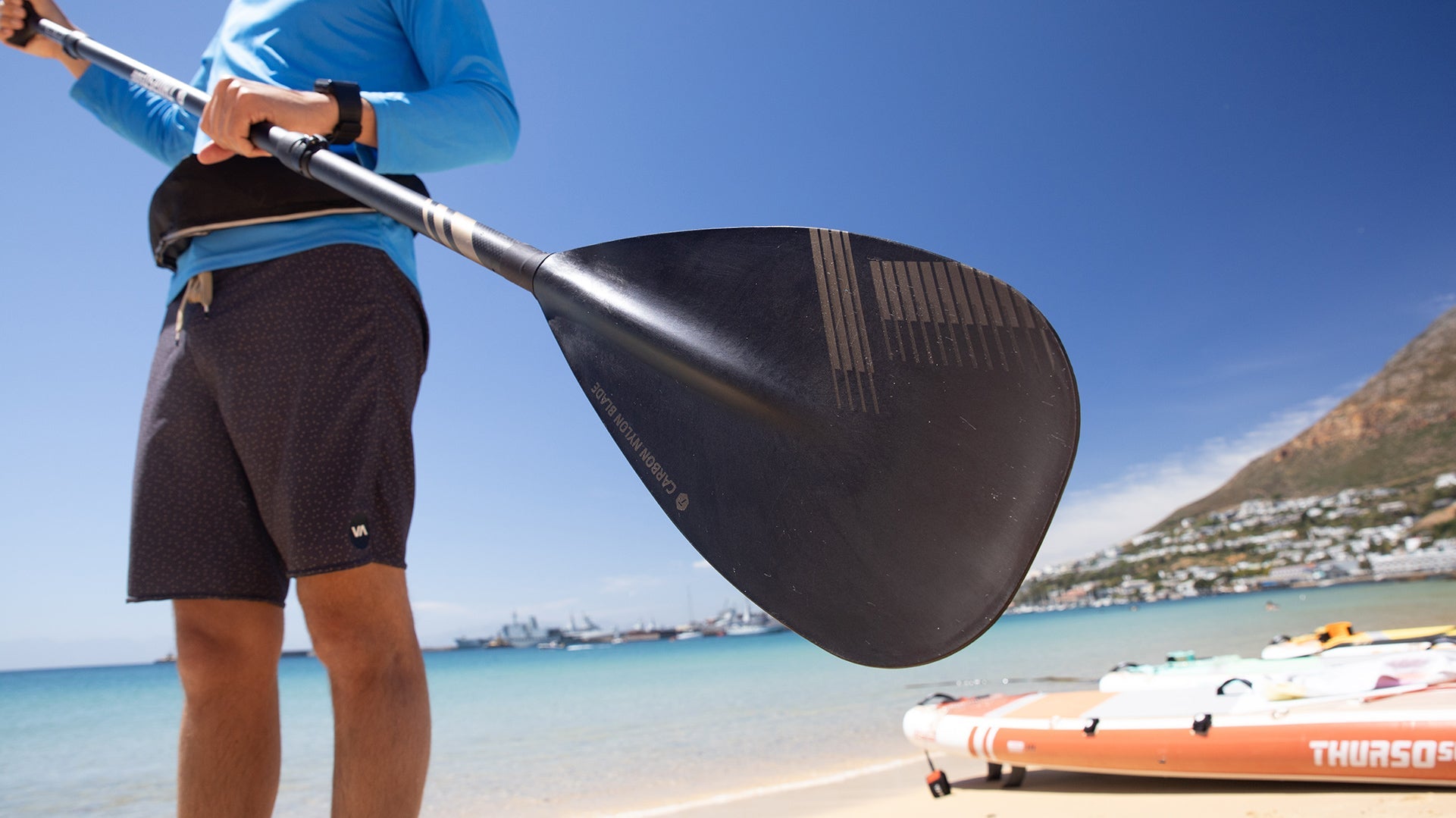
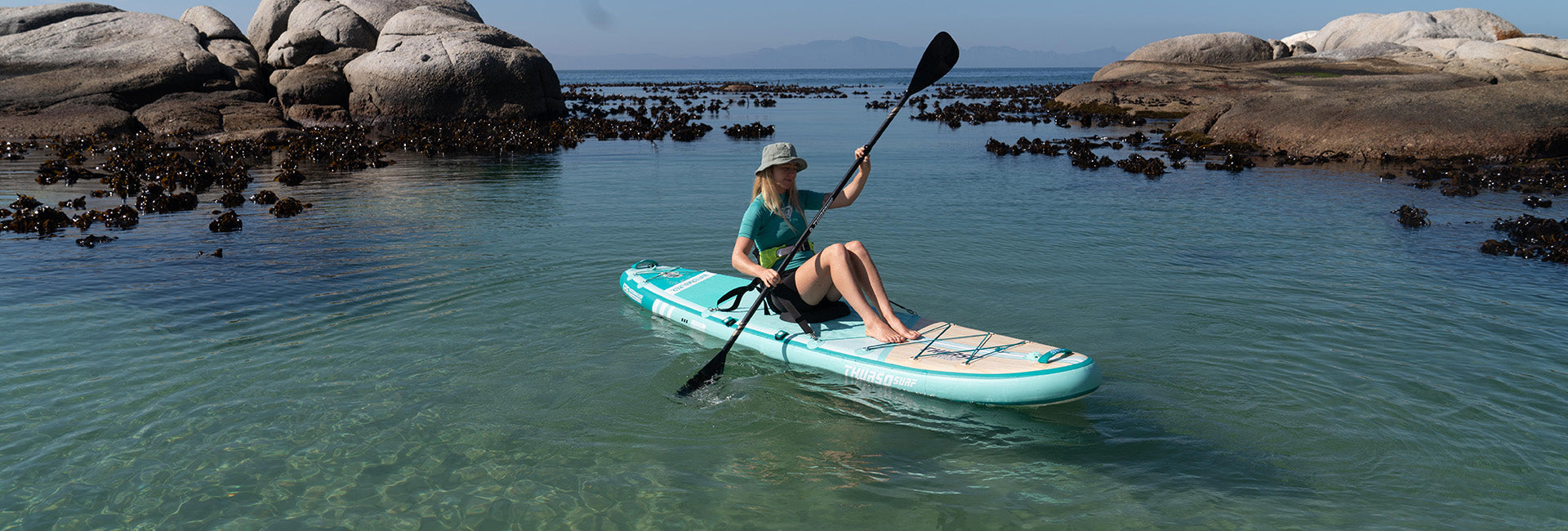

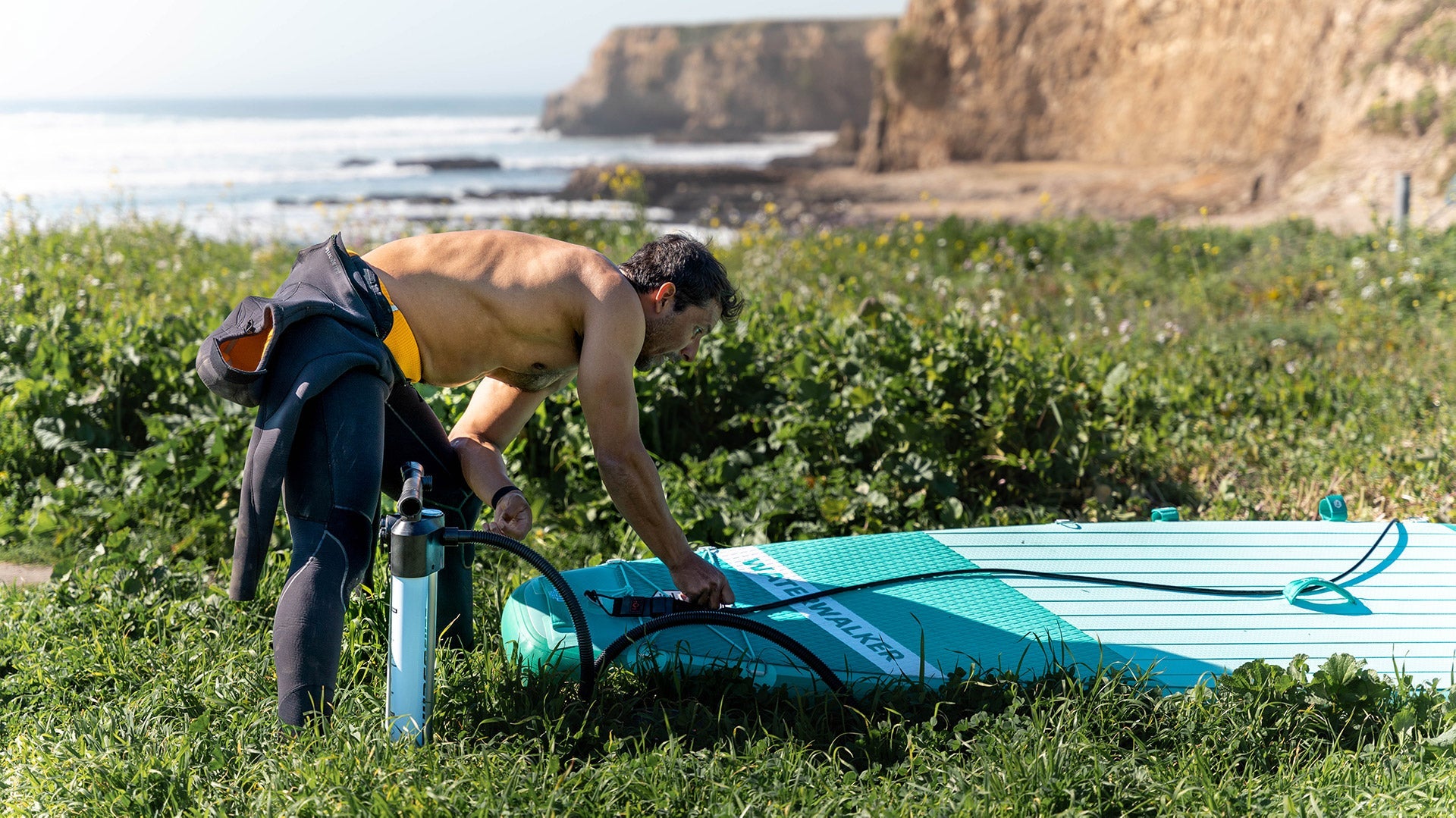
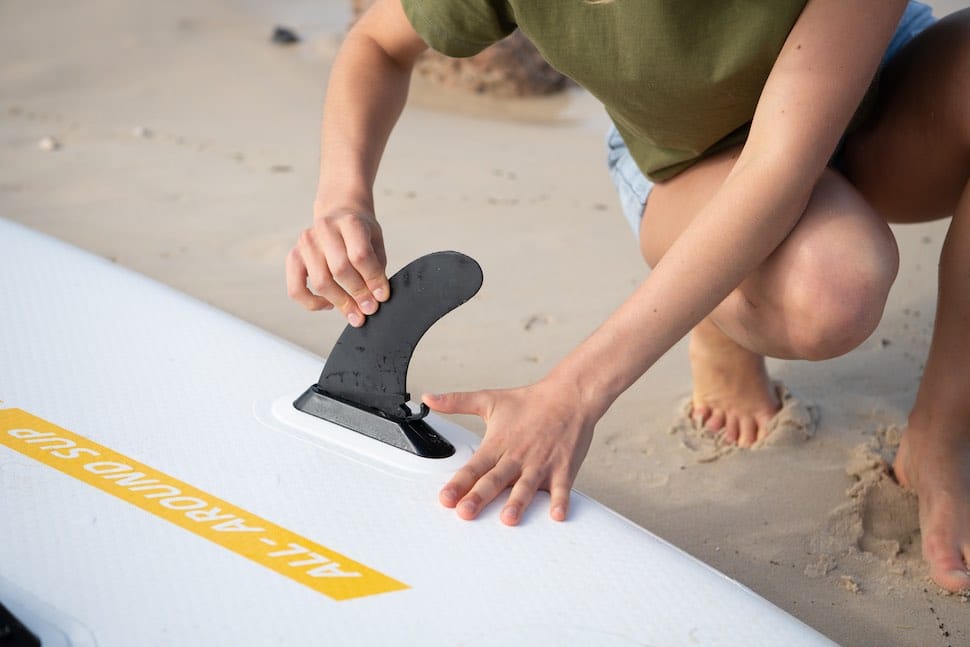



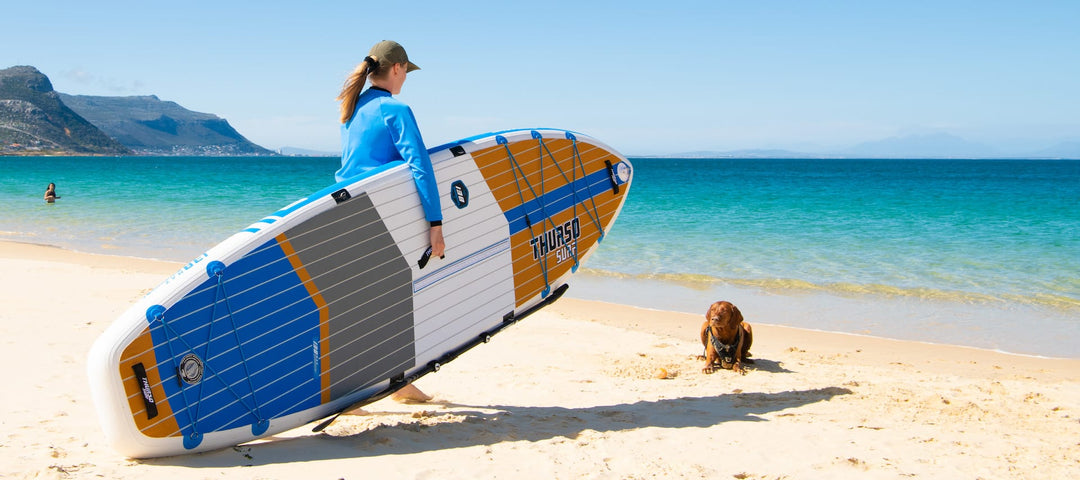
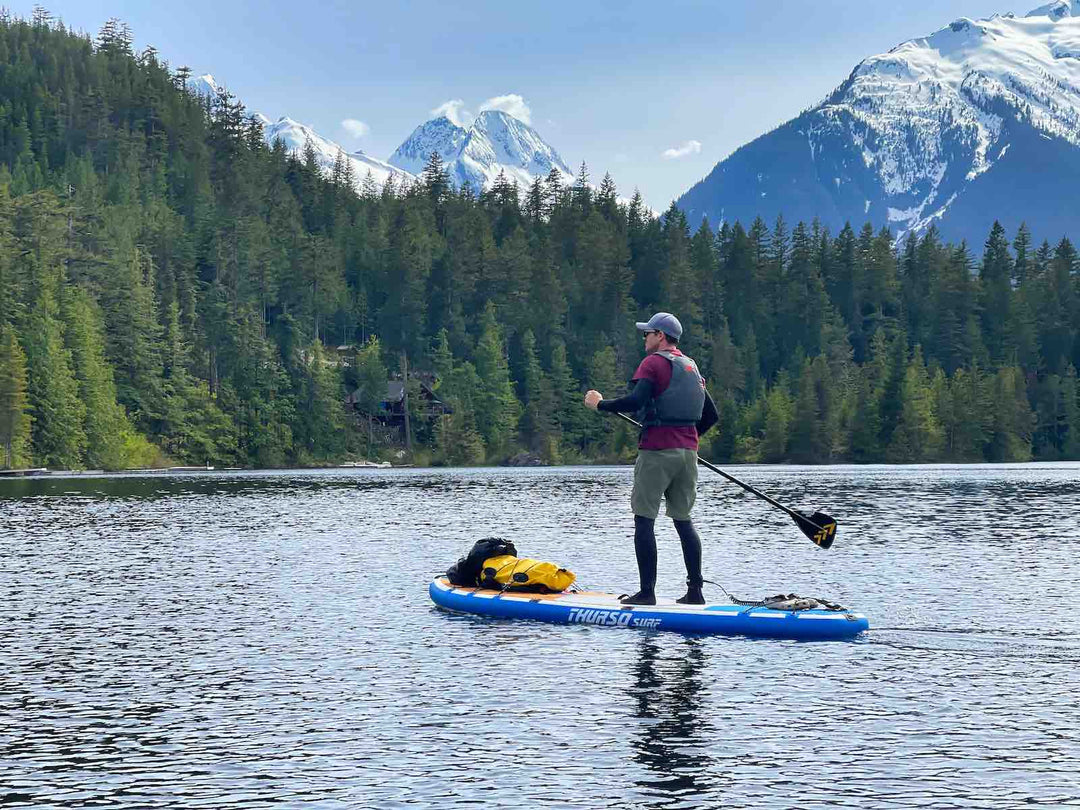

Leave a comment